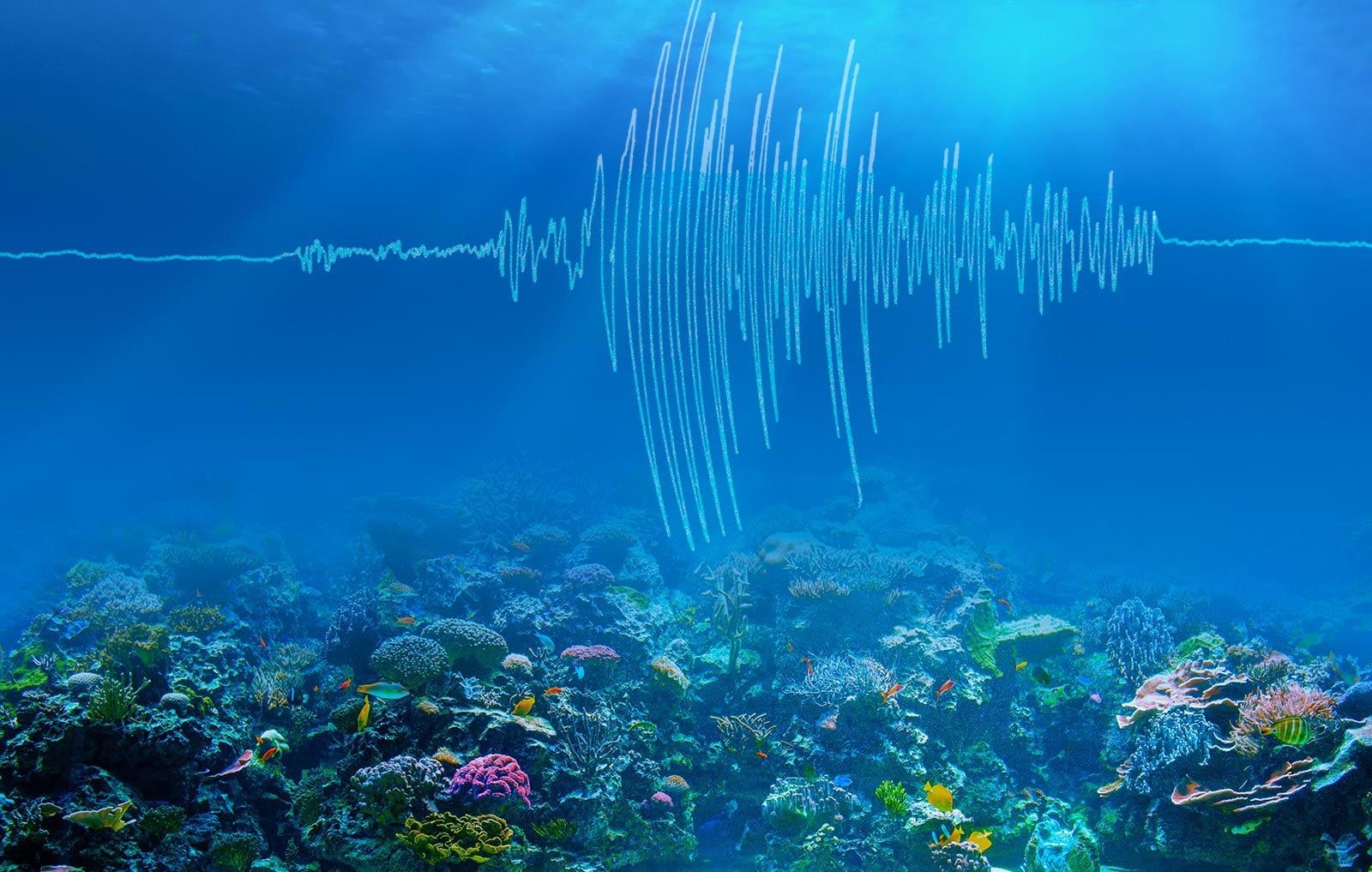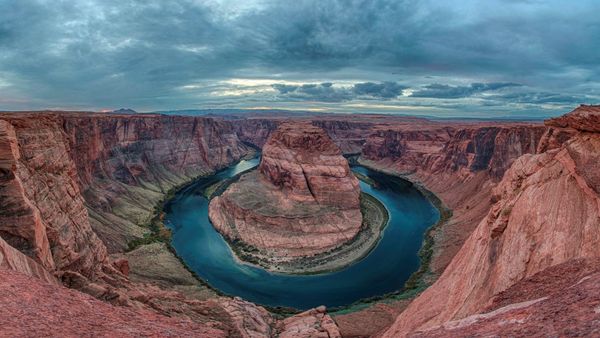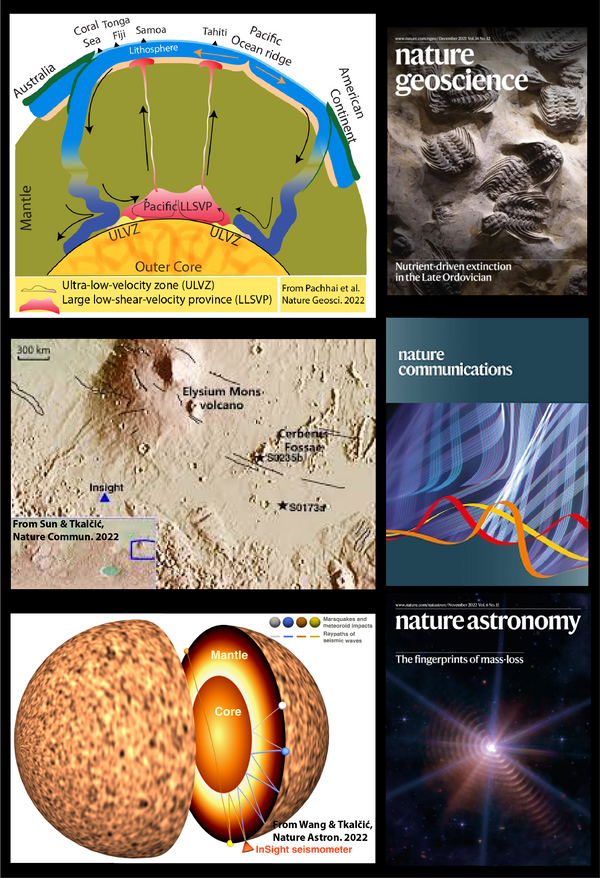Probing the Australian-Pacific Plate Boundary (Pt 4: What lies beneath ?)
The seismic waves it generated started their long journey around the planet, rippling its surface and circling it several times before eventually dying off. Their motion was captured by seismographs thousands of kilometers away, and noticed by geoscientists, who were instantly baffled by this monster earthquake’s location and magnitude. After the analysis of the recorded waveforms, it became clear at once: a large, magnitude Mw=8.2 earthquake, rocked the Macquarie Ridge Complex on the 23rd of May of 1989.
Why is this location, halfway down between Tasmania and Antarctica, so special? Why of all places we could study, we have chosen to come here?
The Australian Macquarie archipelago surmounts the Macquarie Ridge Complex that constitutes the boundary between Indo-Australian and Pacific plates in the southwest Pacific Ocean. Rising up to 410 m above sea level, the Macquarie Island is the only island on earth composed entirely of oceanic crust and rocks from the mantle. Listed as a UNESCO World Heritage site primarily because of its unique geology, it is home to colonies of birds, penguins, and elephant seals. Yet beneath its natural beauty lies a “factory” for the world’s most powerful sub-marine earthquakes not associated with ongoing subduction. But this all could be about to change.
Why do earthquakes occur along this plate boundary that was once a spreading ridge, and what were the physical conditions facilitating the largest 20th century underwater strike-slip earthquake (tectonic blocks in contact move horizontally)? Could future events cause destructive tsunamis (via an up-down or oblique component of motion) that would threaten the populations and economies of circum-Pacific countries, including Australia and New Zealand? What is the significance of proximal intraplate earthquakes, 15 or more of them larger than 7.0 in the 20th century alone, and is new subduction being initiated in this region? Understanding how plate boundaries evolve remains an outstanding issue in Earth science. The Macquarie Ridge Complex is central to this problem as it is arguably the most dynamically changing plate boundary on the planet.

What really lies beneath?
This million-dollar question gradually settled inside me and wouldn’t let go. This time, it wasn’t about the inner core, it was about something much closer and tangible, halfway down between Australia and Antarctica, and not so deep beneath the ocean floor. A lot of Antarctic Circumpolar current has flown across the ridge since the 1989 earthquake, and another large, magnitude 8.1, earthquake, struck in 2004. Australia purchased its own pool of ocean bottom seismometers that were sitting and waiting to be utilized in a project like this.
I knew back in 2016 I had to give it a try. Writing scientific proposals is always more challenging than writing reports and papers. A lot has to come together: a lot of patience, falls and rises, small victories. And several years later, here we are, with a modern ship and the best science crew and instruments we were able to assemble. We come here with high hopes, armed with expertise and an arsenal of scientific techniques ready to be engaged. We’ll throw literally everything we’ve got at this place. For a start, we’ll let 29 ocean bottom seismometers to listen to ground motion patiently for about a year. They will record local, regional, and distant earthquakes that will be used to image the Macquarie ridge subsurface. In turn, these images will enable understanding of the seismic wave propagation and the physics of earthquakes in this region.
It will be the first close study to elucidate the processes generating the world's largest submarine earthquakes not associated with active subduction, which may lead to the understanding of how subduction initiates, the mechanism of earthquakes occurring at convergent margins, and more accurate estimates of earthquake and tsunami potential, benefiting policy-makers and at-risk communities along the coastlines.This is a project that will tackle the biggest puzzle in plate tectonics: how it all began – the initiation of subduction.



